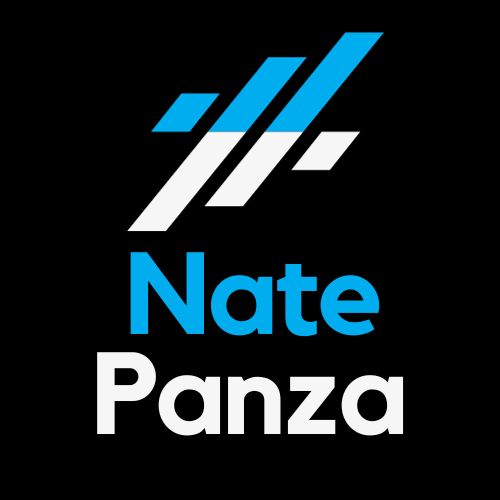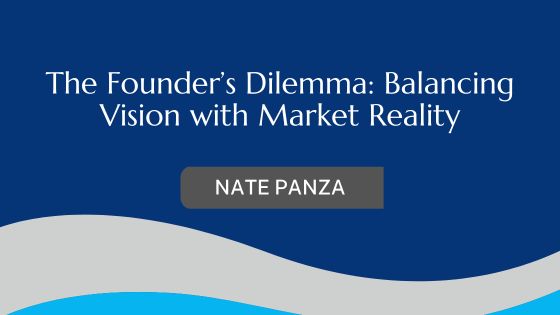Every successful startup begins with a bold idea—a founder’s vision to change the world, solve a problem, or disrupt a stagnant industry. This vision fuels late nights, risky decisions, and the relentless drive required to bring something new into existence. But what happens when that vision clashes with market reality?
This is the founder’s dilemma: how to stay true to your original mission while adapting to the practical needs and signals of the market.
At the earliest stages, founders are often idealists. They believe in their product or service with unwavering conviction. But markets are messy. Customers don’t always behave the way you expect. The features you love may not be the ones that drive value. The niche you envisioned may not scale. This tension creates a fork in the road—stick with your vision, or pivot to what the market is demanding?
The answer isn’t binary. Successful founders learn to navigate the middle ground. They hold their vision loosely enough to evolve but tightly enough to retain their “why.” The key is understanding which parts of the vision are core—and which parts are just execution details that can flex with feedback.
Take Instagram, for example. It started as a location-based check-in app called Burbn. When the founders noticed that users were primarily engaging with the photo-sharing feature, they pivoted—radically. The vision wasn’t abandoned, it evolved. They stayed committed to helping people connect through moments, but the how changed entirely.
Listening to the market doesn’t mean giving up. It means being smart. Founders need to fall in love with the problem, not the solution. Customer discovery, rapid experimentation, and ruthless prioritization become essential tools. When done right, these tactics don’t dilute the vision—they sharpen it.
It’s also important to know when not to listen. Some of the world’s most iconic products—like the iPhone or Airbnb—succeeded precisely because their founders saw potential the market didn’t yet recognize. In these cases, belief in the vision was what carried them through early skepticism. The trick lies in distinguishing between market rejection that reveals a bad fit, and market lag that precedes adoption.
Founders must also manage internal dynamics. Co-founders, early team members, and investors may all have different opinions about when to pivot or persevere. Having a clear, articulated vision and a framework for decision-making can help align the team—even when tough calls are necessary.
Ultimately, the founder’s dilemma is less about choosing between vision and reality, and more about constantly translating between the two. Vision is the compass; market reality is the terrain. Navigating a successful journey requires both.
In today’s fast-changing environment, flexibility is a founder’s superpower. The best entrepreneurs don’t just build what they dream—they build what the world is ready to embrace, one iteration at a time.

